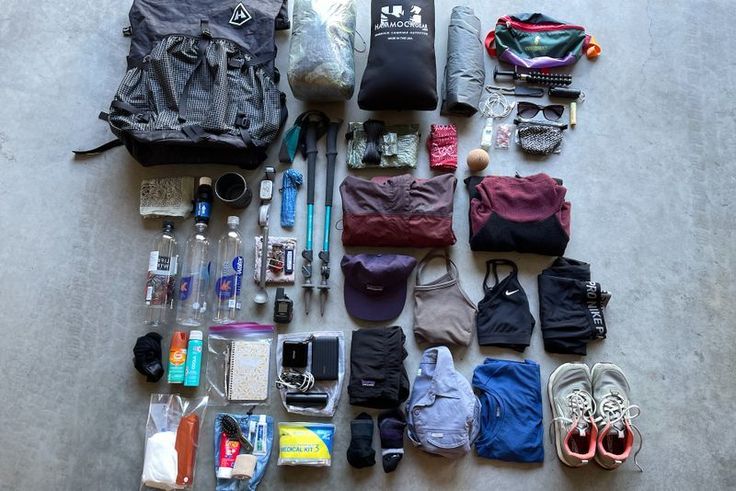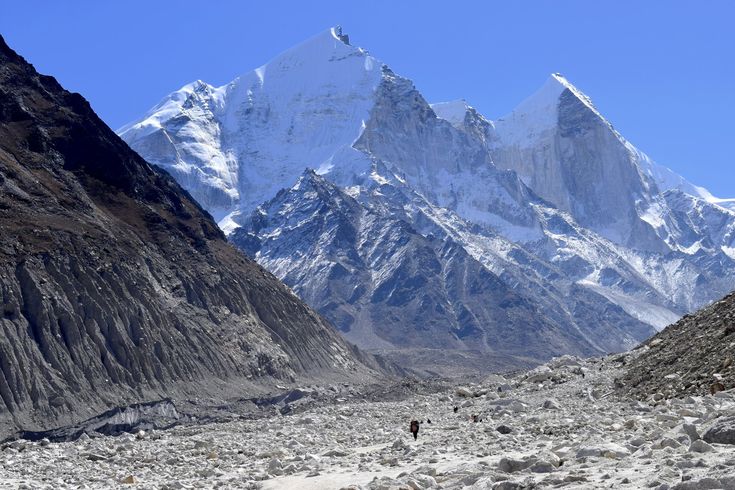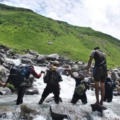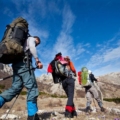Essential Gear for High-Altitude Treks: What to Pack

The Indian Himalayas are raw and humbling, a place where every trail feels like a test of will and a gift of wonder. I’ve trudged through Uttarakhand’s snowy Kedarkantha and clambered up the rocky paths to Roopkund, each trek carving lessons into me. The mountains don’t mess around—you need to show up ready. This guide is my hard-earned packing list, built from years of getting it wrong and finally getting it right, to help you face the Himalayas prepared.
My Personal Experience: Packing Right at 15,000 ft

I’ll always remember Tapovan, near Gangotri Glacier. I thought I had it all figured out, but the night cold was a beast. My sleeping bag wasn’t up for the fight, and I spent hours curled up, teeth chattering, wishing I’d packed smarter. That rough night changed everything. From Dayara Bugyal to Kuari Pass, I’ve since dialed in my gear. Here’s the checklist I swear by to keep you warm and safe up high.
Ultimate Packing Checklist for High-Altitude Treks
Clothing: Layered for Survival
Weather in the Himalayas is a wild card—sun one minute, storm the next. Layers keep you ready:
- Thermal top and bottom to pull sweat away from your skin.
- A fleece or down jacket to trap heat when the chill sets in.
- A waterproof windcheater to block rain and howling winds.
- 2–3 quick-dry t-shirts for slogging through long days.
- 2 pairs of tough, stretchy trekking pants that move with you.
- 3 pairs of wool socks to keep feet happy and blister-free.
- A wool cap and balaclava to shield your face from biting gusts.
- Gloves: fleece for warmth, waterproof for wet or snowy days.
Footwear: Your Foundation
Your feet are your engine. Don’t let them fail you:
- Waterproof, ankle-high trekking boots, worn in to dodge blisters.
- Comfy camp shoes or sandals for chilling at the end of the day.
- Gaiters to stop snow or gravel sneaking into your boots.
Backpack Essentials
Your pack is your home on the trail. Make it work:
- A 50–65L rucksack with a rain cover for multi-day hauls.
- A 10–20L daypack for summit days or quick trips.
- Dry sacks or packing cubes to keep your stuff dry and neat.
- Two 1L water bottles or a hydration bladder for sipping on the go.
- Trekking poles, adjustable, to ease the strain on steep drops.
Sleeping Gear
Nights up high are no joke. Sleep well or suffer:
- A sleeping bag good for -10°C to handle icy nights.
- A liner for extra coziness, though you can skip it.
- A small inflatable pillow or just use your jacket in a pinch.
Toiletries and Health Kit
Keep it lean but don’t cut corners:
- Biodegradable soap and shampoo to clean without hurting the land.
- Toothbrush, toothpaste, wet wipes, and a bit of toilet paper.
- Hand sanitizer for quick hygiene fixes.
- SPF 50+ sunscreen and lip balm to fight the sun’s glare.
- Your meds and a small first-aid kit: band-aids, crepe bandage, antiseptic, Diamox (check with a doc first).
Electronics and Accessories
A little tech goes a long way, but don’t overpack:
- A 10,000 mAh power bank to keep your phone alive.
- A headlamp with spare batteries for stumbling around at night.
- A phone or camera with night mode to snap the starry skies.
- UV-blocking sunglasses to cut the snow’s glare.
- A quick-dry towel and a notebook with a pen for jotting down moments.
Safety Precautions and Tips
The mountains don’t give second chances. Here’s what I’ve learned:
- Ease into the altitude: drink water, eat light, take it slow.
- Ask your doctor about Diamox to help with altitude sickness.
- Ditch booze and smokes—they make the climb harder.
- Test your gear before you go. Sleep in your bag, walk in your boots.
- Know your trail and pack a paper map. Batteries die, maps don’t.
Best Time for High-Altitude Treks in India
Pick your moment to trek:
- May–June: Blue skies and warm days make trails pop.
- September–October: Green meadows and clear views after the rains.
- Avoid: Monsoon (July–August) for safety, and deep winter (December–February) unless you’re built for snow.
Quick Route Suggestions
A few trails that left a mark on me:
- Kedarkantha (12,500 ft): Easy for starters, with a summit that feels huge.
- Rupin Pass (15,250 ft): Tough, but the views shift every mile.
- Goechala (16,200 ft): Sikkim’s stunner, with Kanchenjunga stealing the show.
- Roopkund (15,700 ft): Haunting lake, wild story, epic climb.
Conclusion
Packing for the Himalayas isn’t just about stuff—it’s about making it home to tell the tale. This list comes from my own stumbles and successes, and I hope it sets you up for an epic trek. Got a go-to trail or a packing trick?
📌 Drop a comment with your thoughts or dreams for this journey.
📌 Follow Destinatinguruji on Instagram and Facebook [@destinationguruji] for more travel stories and real-time updates.
🌐 For more visit my website :- exploremountains.com



